Table of Contents:
Earl Hines – Earl “Fatha” Hines (1903-1983)

Earl Kenneth Hines, (Duquesne, Pennsylvania, December 28, 1903, Oakland, California – April 22, 1983), went to school in Pittsburgh, at the same time that he served as a pianist in nightclubs.
Best Sheet Music download from our Library.
Already in 1922, Earl Hines began to live in Chicago; six years later he founded his first band and worked in the group of trumpeter Louis Armstrong, where he was the musical director of his group, “Louis Armstrong Stompers” and also with the clarinetist Jimmie Noone at the Apex Club in 1928. Subsequently, he collaborated with Armstrong at the piano in the rhythms of the group that made the great trumpet player become the creator of modern jazz, the “Hot Five”, the first one and then expanded to the “Hot Seven”.
During the thirties, his band came on the radio of the United States through the program that Hines had. Many important figures in the jazz world played with the band of Earl Hines, among them the saxophonist Charlie Parker and trumpeter Dizzy Gillespie.
In 1947, the group disbanded; during the four years following Hines worked again with Louis Armstrong, this time in her band called, “All-Stars”. Also known with the pseudonym of ‘Fatha’, Earl Hines differed from other pianists of the 20th century for his innovative contribution of rhythms and accents he took to the instrument, which at that time were considered to be rare and heterodox.
Earl Hines, he remained during the whole of that decade, leading and influencing all the pianists in jazz of its time that they saw in him, the link between the piano jazz classic and the modern. In the fifties, Hines saw decline, its star and retired to play the piano in a small club owned in Oakland (California) where he resided.
But in the sixties, following the signing of the contracts in the city of New York in 1964, Earl Hines was recovered for the jazz, and he resumed his career already at full maturity with great success.
At that point Earl Hines had assimilated some of the traits of some of their talented disciples, as was Teddy Wilson, and the scene expressed an inspiration without limits. Earl Hines – considered the “father of jazz piano”, hence his nickname of “Fatha“- died with the boots set an April 22, 1983.
Please, subscribe to our Library. Thank you!
Earl Hines and “Rosetta”
One of the proudest moments of Earl “Fatha” Hines’s career took place in 1976, when he was invited to perform at a White House dinner in honor of the President of France. After an evening chatting with Betty Ford and Clint Eastwood, Hines sat down at the piano in the East Room and launched into “Rosetta.”
“Rosetta” had been composed by Hines and his arranger Henri Woode over forty years earlier. That the pianist chose this tune for such an occasion, and at this late stage of his career, says much about its prominence in his life. Only “Boogie Woogie on the St. Louis Blues” held the same pride of place in Hines’s performances.
He revisited “Rosetta” hundreds of times, in solo performances, with vocalists, and with groups of varying sizes. But though the association of a jazz musician with a “signature” tune is not unusual, Hines’s relationship with “Rosetta” was complex and unique. On October 6, 1939, at the end of a lengthy band session for the Bluebird label, Hines recorded four solo versions of “Rosetta.”
Only the third take was issued at the time, coupled with Hines’s solo version of “Glad Rag Doll,” recorded ten years earlier. The first two (rejected) takes are presumed lost, but the fourth was included many years later on an LP reissue by RCA-France.
The two available performances, placed side by side, capture Hines’s relentless virtuosity and innovative musical mind, and provide a fascinating example of how a jazz musician can revisit the same melody and chord structure from two perspectives. But the recordings also raise larger issues of context, for they are closely linked both to the tune’s creation and subsequent performance history and to Hines’s working life as one of the most gifted band pianists of his generation.
In addition, Hines’s 1939 versions of the tune dramatically capture the ways in which he had, in less than a dozen years, revolutionized the very genre of the piano solo. The nature of the two solos also raises intriguing issues about the place of transcription in jazz research.
Much of my discussion here is rooted in a study of my own complete transcriptions of these recordings. The incorporation of such scores into the study of jazz is now widely accepted in the scholarly community. Yet, though the use of notated excerpts to illustrate specific analytical points is a familiar aspect of academic discourse, study of complete transcriptions raises additional issues.
When one is confronted with the entire “text” of an improvised performance fixed neatly on the page, it is difficult not to evaluate the score through the aesthetic lens of Western art music. The issue is particularly conspicuous in piano transcriptions, for they can appear deceptively clean.
Although the transcriber must wrestle with rhythms, chord voicings, and other issues, the notes on the keyboard are invariable; unlike other solo or ensemble transcriptions, the reader is not continually reminded of the inadequacies of Western notation to capture bends, growls, scoops, and other jazz techniques related to pitch and timbre.
A complete piano transcription easily lends itself to structuralist interpretation, for it is tempting to evaluate the performance based on the integrity of its overall form: the use of effective contrast between strains or choruses, facility of modulation, pacing of important events, motivic development, and so on.
Yet, though Western aesthetic standards are not wholly inappropriate for a pianist so steeped in the classical tradition as was Hines, his artistry as a soloist must also be evaluated by different criteria. Earl Hines was a pianist who relished testing himself and his audience, a feature vividly captured by Gunther Schuller in his observation that “listening to Hines is always like standing at the edge of a precipice in a heavy wind” (Schuller 1989:284).
Though his solos seem at times to teeter near structural incoherence, this feature is not a symptom of an erratic musical mind nor an inexperienced performer, but is rather the very essence of his improvisational style. Hines’s brinkmanship posed substantial challenges for my role as transcriber, for rarely have we encountered a musical art more resistant to being captured in notation.
Yet, the more time we spend with the highly artificial musical “texts” we have created, the more we are struck that the scholarly and ideological issues surrounding transcriptions may rest less with the process itself (the results of which, as most scholars agree, are highly subjective, pallid representations of the original recordings) and more, as both Ingrid Monson and Paul Berliner have suggested, with how the texts are used to make analytical and aesthetic observations about the improviser’s art (Monson 1996:133-91; Berliner 1994:11-12).
In this article, therefore, it’s suggested that the “Rosetta” transcriptions be used less as “complete works” for study and more as windows into the ways in which Hines engages with and signifies upon the tune, its performing history, and his own musical artistry.
When his work is viewed this way, these two transcriptions provide a fascinating guide, however conjectural at times, to the moment-to-moment unfolding of a great musical imagination.
“Rosetta”‘s story begins in 1932, when Hines (1903-1983) met pianist and composer Henri Woode while on tour in Kansas City. Hines hired Woode as an arranger, and he created several notable showpieces for the pianist’s band, including 1932’s raucous “Sensational Mood.”
As Hines recalled, “Rosetta” was inspired by Woode’s girlfriend: He was crazy about a girl called Rosetta. Whenever I wanted him, or asked the guys where he was, they used to say, “He’s with Rosetta.”
Finally I got a bit mad, and told him to have Rosetta come where we were playing, and she could eat and drink and I’d pay for it. Then he heard a little phrase I made one night on the piano, .and he worked it into a tune we wrote together. We dedicated it to her and called it “Rosetta” and it became a big hit … (Dance 1977:76) The passage suggests that the tune represents a kind of signirying on Hines’s improvisational style. As for the nature of the phrase that caught Woode’s ear, it may be the drooping fourth in mm. 2-3 and 4-5 of the tune’s A section-one of the melody’s most distinctive features (see example 1 for the complete melody line and accompanying harmony).
This idea surfaces occasionally in other improvisations of the same time, where its “open” sound complements the horn-like conception of Hines’s right hand. It is hinted at near the end of the second eight-bar phrase in Hines’s solo on “Sensational Mood,” and more overtly referenced in the third chorus of 1932’s “Down Among The Sheltering Palms” (take 1) (ex. 2).5 (In this and other examples, where noted, I have transposed from the original key to F to facilitate comparison with “Rosetta”‘s original melody line.)
In addition to the descending fourth motive, the passage also suggests the repeated “A” in the fifth and sixth measures of Hines’s tune. The gesture also plays a prominent role in other melodies that Hines wrote or co-wrote, including “A Monday Date” (1928), ”You Can Depend On Me” (1932), “Straight to Love” (1941), and “Am I Too Late?” (1947), inviting speculation that these tunes also grew out of improvisations.
The tune was submitted for copyright on February 3, 1933. Ten days later, Hines’s band made four takes of it for the Brunswick label, in an arrangement by saxophonist Cecil Irwin. Two of the takes featured an Armstrong-style vocal by trumpeter Walter Fuller, who was so delighted with the success of the number that he later named his daughter Rosetta (Dance 1977:168).
Hines’s group recorded the tune again in November of 1934, in a somewhat updated (and faster) arrangement by bassist Quinn Wilson. In 1935 the tune was formally published by Joe Davis, Inc. in a piano/vocal version, with an undistinguished verse that is rarely if ever played, and the tune began to enter the country’s band repertory. By 1942, it had been featured on twenty-two recordings by other performers (Crawford and Magee 1992:60-61).

All but six of these are instrumentals, a result, perhaps, of rather clumsy lyrics. Most likely because of the tune’s association with Hines, thirteen of these recordings feature pianists in prominent roles. And, significantly, six feature the artists most responsible for shaping the art of the piano solo during the 1930s-Art Tatum and Teddy Wilson. Indeed, besides Gershwin’s “Liza,” “Rosetta” is the only tune both Tatum and Wilson recorded as soloists prior to 1942.

By the time he made his first solo recordings of “Rosetta” in 1939, the tune was a cherished friend. Trombonist Trummy Young, who joined the Hines group not long after the first band recording was made, once remarked that “Earl liked that tune so much we used to play it two or three times a night sometimes.
He just fell in love with the tune” (Dance 1980:40). But though Hines clearly had emotional attachments to the piece, like other musicians he must have also been drawn to its wide range of possibilities. Beyond the distinctive sighing fourth figure in the melodic line, musical details ofthe tune show superb craftsmanship (ex. 1).
Cast in the familiar 32-bar AABA form, harmony, melody, and rhythm work together to create drive to the end of each eight-bar phrase. The first four measures are made notable by the shifting of harmony under a single pitch: in measure 2, under a held C in the melody, the harmony shifts from tonic to dominant with a raised fifth. The inspiration for this effect may have come from Victor Herbert’s “Indian Summer” (1919), a tune Hines returned to frequently in later years (Dance 1977).
The first three bars enrich the F tonality with tension, rather than creating harmonic motion. In the last five bars of each A section, however, both harmonic and melodic rhythm increase in speed. The harmony, beginning with the D7 chord, moves through a series of secondary dominants until the tonic is again reached at measure 7. The idea of shifting harmonies under a single pitch (the A in mm. 5-6) is continued throughout this passage, with the melody line featuring diminutions in the rhythmic pattern.
This tension between melody and harmony is underscored by Quinn Wilson in his 1934 arrangement, in which the brass punch out a new chord at the beginning of each measure. The bridge modulates to the minor iii (A minor), a distinctive move, though not unheard of (a similar key change occurs in “I Never Knew” of 1925 and “More Than You Know” of 1929, among other examples). Recordings suggest that the melody of the bridge was less fixed from the outset.
The Earl Hines band versions present an instrumentally-conceived line that lacks a strong sense of melody, and even in Fuller’s first vocal the trumpeter seems to be making up the tune as he goes along. Certainly, most performances avoid the trite phrasing of the melody as presented in the 1935 sheet music, but this may simply reflect the tendency of Swing Era soloists and arrangers to abandon a tune’s melody at the bridge.
Hines’s two 1939 takes of “Rosetta” are intriguing examples not only of his improvisational approach, but of his recasting of the piano solo, a process he had begun in his revolutionary 1928 solo recordings for the QRS label. Though much has been written about various stylistic trajectories in pre-1940s jazz piano (stride, boogie-woogie, swing, etc.), as well as their important practitioners, less has been made of the evolution of the jazz piano solo as a specific genre-one with its own rules and performance history.
Because pianos can stand alone in performance, a uniquely varied literature and performance practice has developed around them in jazz. Since pianists could duplicate both the role of solo instruments (in the right hand) and the backing of a rhythm section (in the left) they were prized by club owners (or party hosts) with limited funds to spend on live entertainment.
But though their choice of instrument could be financially lucrative, piano soloists also faced the challenge of building a satisfYing, swinging performance without help from other ensemble members, relying on their own ingenuity to achieve variety and their own internal sense of time to maintain tempo and momentum. Still, though these challenges were daunting (and not always adequately met by pianists of the 1920s and ’30s), they also lent the piano solo genre its uniqueness as a self-contained expression of improvisational creativity. A jazz piano solo was (and is) the work of a single imagination, one with complete control over the shaping ofthe event.
Rosetta, by Earl Hines (Piano Solo arr.sheet music)
| Artist or Composer / Score name | Cover | List of Contents |
|---|---|---|
| The Beatles 9 Songs Arr for guitar by Noriyasu Takeuchi | The Beatles 9 Songs Arr for guitar by Noriyasu Takeuchi | |
| The Beatles A Hard Days Night – Guitar Tabs |
 |
The Beatles A Hard Days Night – Guitar Tabs |
| The Beatles Abbey Road Piano, Vocal & Guitar |
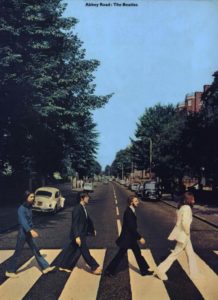 |
The Beatles Abbey Road Piano, Vocal & Guitar |
| The Beatles Anthology 1 (Piano, vocal, guitar) |
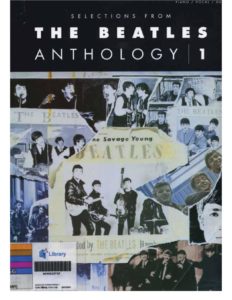 |
The Beatles Anthology 1 (Piano, vocal, guitar) |
| The Beatles As Musicians Revolver Through The Anthology (Walter Everett) Biography |
 |
|
| The Beatles At The Hollywood Bowl Piano Vocal Guitar |
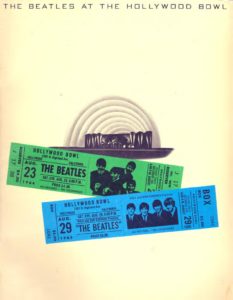 |
The Beatles At The Hollywood Bowl Piano Vocal Guitar |
| The Beatles Because (Guitar) |
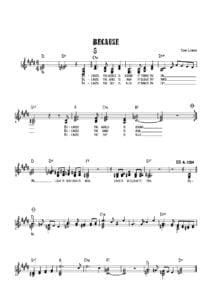 |
|
| The Beatles Complete Chord Songbook (The Beatles) Guitar Chords |
 |
The Beatles Complete Chord Songbook (The Beatles) |
| The Beatles Complete Guitar Edition |
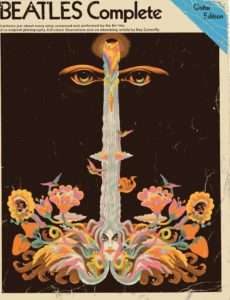 |
The Beatles Complete Guitar Edition |
| The Beatles Fake Book (The Ultimate collection of Fake Books) |
 |
The Beatles Fake Book (The Ultimate collection of Fake Books) |
| The Beatles Favorites – Strum It! Guitar |
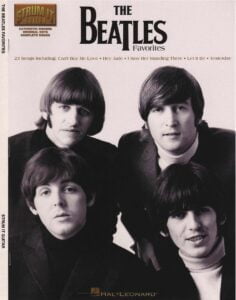 |
The Beatles Favorites – Strum It! Guitar |
| The Beatles Fifty Fabulous Years – Video documentary Book Biography |
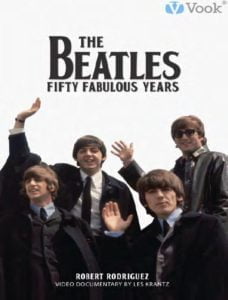 |
|
| The Beatles Fingerpicking – 30 Songs solo guitar with Tablature |
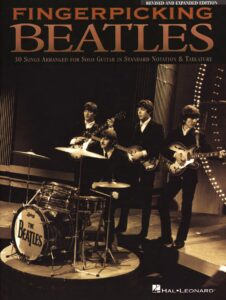 |
The Beatles Fingerpicking – 30 Songs solo guitar |
| The Beatles For Classical Guitar Arr John Hill sheet music with TABs |
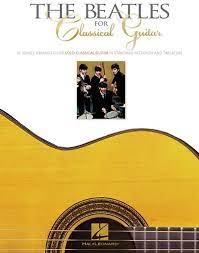 |
The Beatles For Classical Guitar Arr John Hill sheet music with TABs |
| The Beatles For Guitar Solo Part 1 by Ken-ichi Ebe |
 |
The Beatles For Guitar Solo Part 1 by Ken-ichi Ebe |
| The Beatles For Guitar Solo Part 2 by Ken-ichi Ebe |
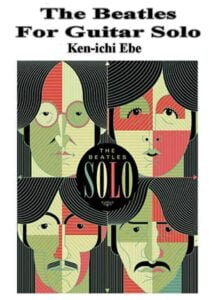 |
The Beatles For Guitar Solo Part 2 by Ken-ichi Ebe |
| The Beatles For Jazz Piano (sheet music songbook) |
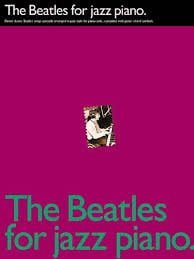 |
The Beatles For Jazz Piano Music Sheet |
| The Beatles Guitar Play along [Book + CD] Jam with The Beatles – with MP3 audio tracks with Tablature |
 |
Jam with the Beatles |
| The Beatles Let It Be Guitar |
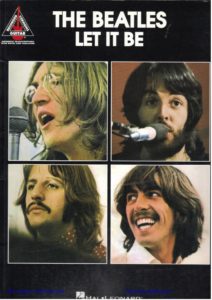 |
The Beatles Let It Be Guitar |
| The Beatles Michelle |
 |
|
| The Beatles Note for Note (Piano ) |
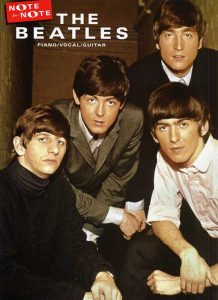 |
The Beatles Note for Note Piano |
| The Beatles One Two Three Four by Craig Brown (Book) |
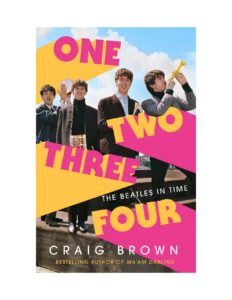 |
|
| The Beatles Play Guitar With – play along with MP3 audio background tracks with Tablature |
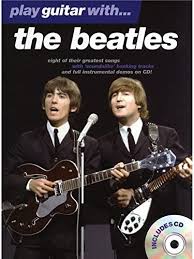 |
The Beatles Play Guitar With – playalong with MP3 audio background tracks |
| The Beatles Sgt Pepper’s Lonely Heart – Book by Allan F. Moore Biography |
 |
|
| The Beatles, the biography by Bob Spitz (book) |
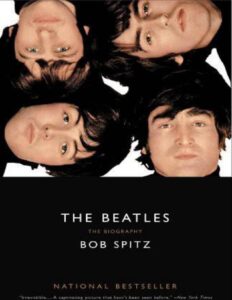 |
|
| The Bee Gees Guitar Songbook |
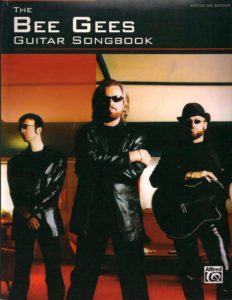 |
The Bee Gees Guitar Songbook |
| The Best Children’s Songs Ever (Easy Piano) |
 |
The Best Children’s Songs Ever (Easy Piano) |
| The Best Film Scores – (easy piano) |
 |
easy piano the best film scores |
| The Best In Broadway Sheet Music (Vocal score) |
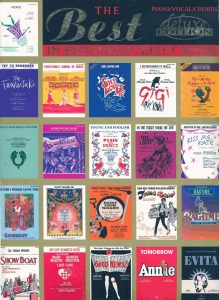 |
The Best In Broadway Sheet Music (Vocal score) |
| The Best Of Hollywood – 40’s-50’s |
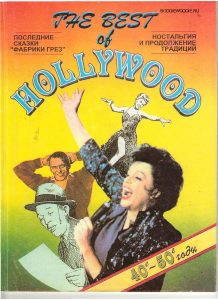 |
The Best Of Hollywood – 40’s-50’s |
| The Best Of Hollywood – 60’s-70’s |
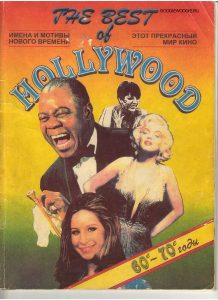 |
The Best Of Hollywood – 60’s-70’s |
| The Best Of Instrumental Themes Cinema |
 |
The Best Of Instrumental Themes Cinema |
| The Best Of Kansas Guitar Tabs |
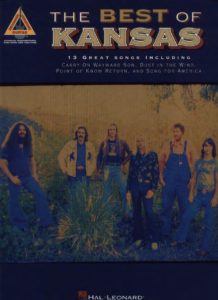 |
Talking Heads Anthology |
| The Best Of Kiss |
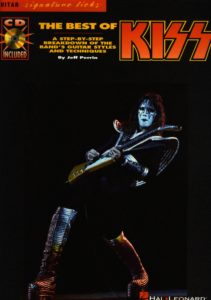 |
Kiss The Best Of Guitar Songbook-1 |
| The Best Of Scott Joplin – A Collection of original Ragtime Piano Compositions |
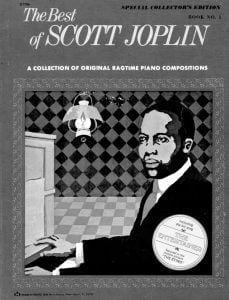 |
The Best Of Scott Joplin |
| The Best Of The Corrs |
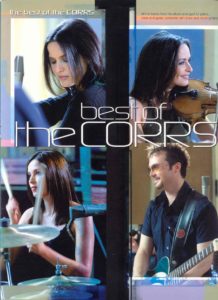 |
The Best Of The Corrs |
| The Best Of Wes Montgomery |
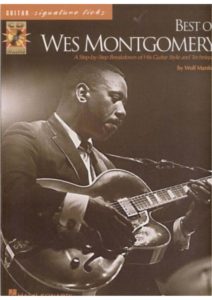 |
The Best Of Wes Montgomery |
| The Big Book Of French Songs |
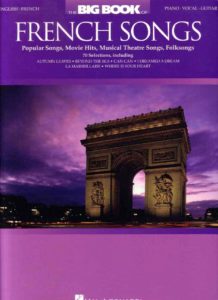 |
The Big Book Of French Songs |
| The Big Book Of Jazz (Piano-Vocal-Guitar Sheet Music) 75 of the World’s greatest jazz classics |
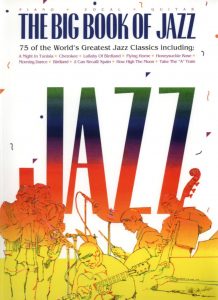 |
The Big Book Of Jazz- |
| The Big Book Of Jazz Guitar Improvisation by Mark Dziuba with Tablature |
 |
The Big Book Of Jazz Guitar Improvisation sheet music pdf |
| The Big Book Of Motown (Piano-Vocal-Guitar) |
 |
Motown |
| The Big Book of Soul – Piano Vocal Guitar |
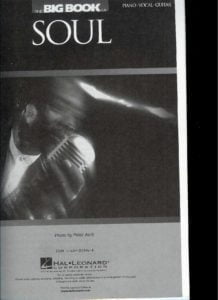 |
The Big Book of Soul |
| The Black Eyed Peas – I Gotta Feeling | ||
| The Blues – David Baker Improvisational patterns |
 |
|
| The Blues Brothers – Play Guitar with (six of their classic songs) Guitar Tablature |
 |
The Blues Brothers – Play Guitar with (six of their classic songs) Guitar Tablature |
| The Blues Brothers (Complete movie soundtrack for piano and guitar with lyrics) ” |
 |
The Blues Brothers |
| The Blues Scales Essential Tools For Jazz Improvising (Dan Greenblatt) C Version |
 |
|
| The Book |
 |
The Book |
| The Book of Life – I Love you too Much (Gustavo Santaolalla) | ||
| The Book of Life – The Apology Song (Gustavo Santaolalla) | ||
| The Bourne Identity Bourne Supremacy by John Powell Piano Solo arr. | The Bourne Identity-Main Titles | |
| The Boxer (Simon & Garfunkel) | ||
| The Boxtrolls – End Titles (Dario Marianelli) | ||
| The Brazil Real Book |
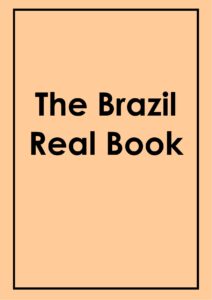 |
The Brazil Real Book |
| The Brecker Brothers – Electric Jazz-Fusion Vol. 83 |
 |
The Brecker Brothers – Electric Jazz-Fusion Vol. 83 |
| The Bride’s Wedding Music Collection (with audio MP3) |
 |
The Bride’s Wedding Music |
| The Brothers Mcmullen – I Will Remember You – Sarah Mclachlan | ||
| The Byrds Guitar Songbook |
 |
|
| The Byrds – Turn Turn Turn | ||
| The Call (Regina Spektor) | ||
| The Calling – Wherever You Will Go | ||
| The Cambridge Companion To Arvo Pärt (Andrew Shenton) Book |
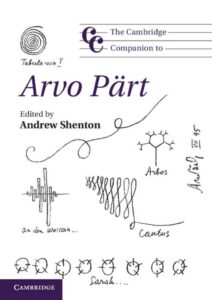 |
|
| The Cambridge Companion To Debussy (Cambridge Companions To Music) (Simon Trezise) Book |
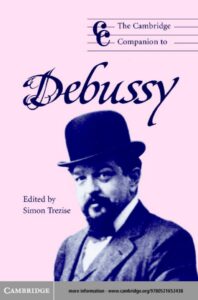 |
|
| The Cambridge Companion To The Piano (Rowland, David (Book) |
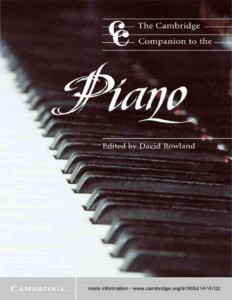 |
|
| The Cambridge History Of World Music 2013 |
 |
|
| The Cambridge Mozart Encyclopedia (eBook) |
 |
|
| The Cardigans – Lovefool | ||
| The Cars – Complete Greatest Hit – The Cars sheet music |
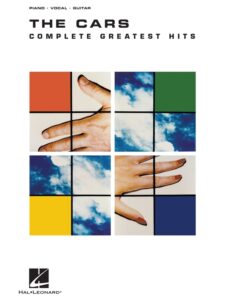 |
The Cars – Complete Greatest Hit – The Cars sheet music |
| The Cars – Shake It Up |
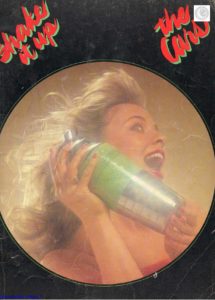 |
Cars The Shake It Up |
| The Chairmans Walz from Memoirs of a Geisha | The_Chairmans_Walz_from_Memoirs_of_a_Geisha | |
| The Chronicles of Narnia The Lion the Witch and the Wardrobe-Lucy Meets Mr. Tumnus | The Chronicles of Narnia The Lion, the Witch and the Wardrobe-Lucy Meets Mr. Tumnus | |
| The Chronicles of Narnia – Evacuating London – Harry Gregson-williams | ||
| The Chronicles Of Narnia – The Call (Regina Spektor) | ||
| The Cider House Rules Main Theme – Zelensky | The Cider House Rules Main Theme – Zelensky | |
| The Civil War Songbook – Richard Crawford (1977) |
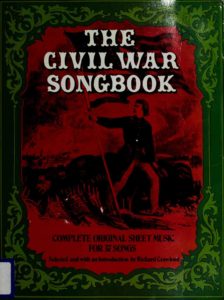 |
|
| The Clash – The Best of – Full Score |
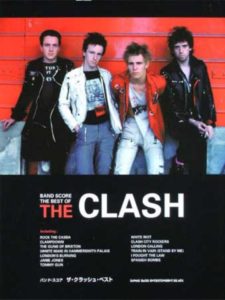 |
|
| The Clash – Rock The Casbah | ||
| The Clash – The Best Of (Guitar with Tablature) |
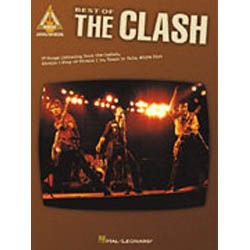 |
The Clash – The Best Of (Guitar)  |
| The Classics for Young Pianists – Il mio primo Bach (easy piano) Book 1 |
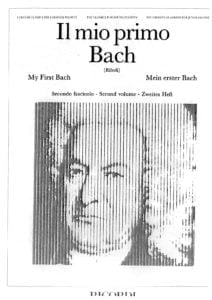 |
The Classics for Young Pianists – Il mio primo Bach (piano) Book 1 |
| The Classics for Young Pianists – Il mio primo Bach (easy piano) Book 2 |
 |
The Classics for Young Pianists – Il mio primo Bach (piano) Book 2 |
| The Classics for Young Pianists – Il mio primo Beethoven (easy piano) |
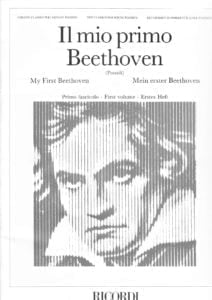 |
The Classics for Young Pianists – Il mio primo Beethoven (piano) |
| The Classics for Young Pianists – Il mio primo Chopin (easy piano) |
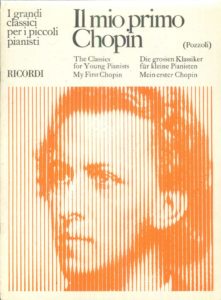 |
The Classics for Young Pianists – Il mio primo Chopin (piano) |
| The Classics for Young Pianists – Il mio primo Ciaokovkski (Tchaikovsky easy piano) |
 |
The Classics for Young Pianists – Il mio primo Tchaikovsky |
| The Classics for Young Pianists – Il mio primo Haendel (easy Piano) |
 |
The Classics for Young Pianists – Il mio primo Haendel (Piano) |
| The Classics for Young Pianists – Il Mio Primo Mozart (easy piano) |
 |
The Classics for Young Pianists – Il Mio Primo Mozart |
| The Classics for Young Pianists – Il mio primo Schumann (easy piano) |
 |
The Classics for Young Pianists – Il mio primo Schumann (piano) |
| The Cloud Atlas Sextet For Orchestra From Cloud Atlas Sheet Music Piano Solo |
 |
|
| The Complete Beatles Chronicle (eBook) by Mark Lewisohn Biography |
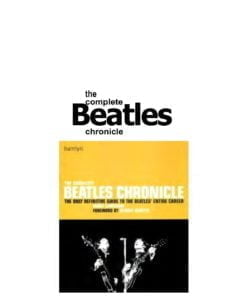 |
|
| The Complete Book Of Scales & Arpeggios in Tablature for the guitar (Howard Wallach) |
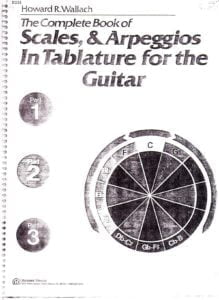 |
|
| The Complete Electronic Player Book 3 by Kenneth Baker |
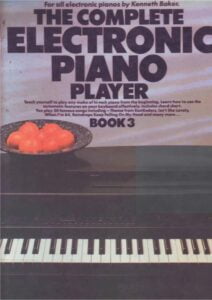 |
The Complete Electronic Player Book 3 by Kenneth Baker |
| The Complete Idiot’s Guide To Buying A Piano |
 |
|
| The Complete Idiots Guide To Playing Piano 2nd Ed. |
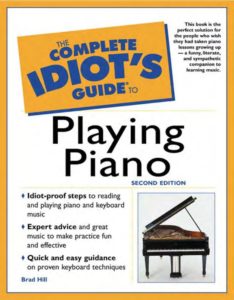 |
|
| The Complete Jazz Guitar Method by Jody Fisher (with audio MP3 audio tracks and Tablature) All Four Volumes |
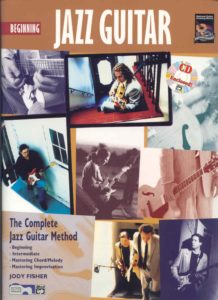 |
Beginning Jazz Guitar and Vol.2 – Intermediate Jazz Guitar and Mastering II Beginning Jazz Guitar The Complete Jazz Guitar Method by Jody Fisher (with audio MP3) and Mastering I Beginning Jazz Guitar The Complete Jazz Guitar Method by Jody Fisher (with audio MP3) |
| The Complete Keyboard Player Book 1 by Kenneth Baker |
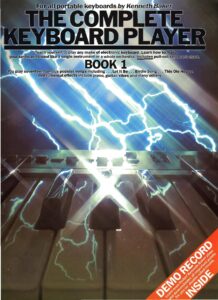 |
|
| The Complete Keyboard Player Book 2 by Kenneth Baker |
 |
|
| The Complete Keyboard Player Book 3 by Kenneth Baker |
 |
|
| The Complete Piano Player Book 1 by Kenneth Baker |
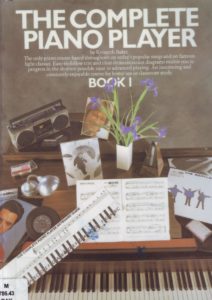 |
The Complete Piano Player Book 1 |
| The Complete Piano Player Book 2 by Kenneth Baker |
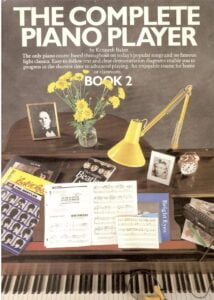 |
|
| The Complete Piano Player Book 4 by Kenneth Baker |
 |
|
| The Complete Piano Player Book 5 by Kenneth Baker |
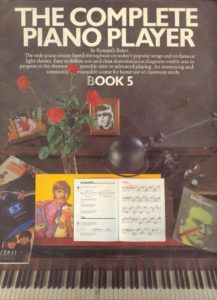 |
The Complete Piano Player Book 5 |
| The Complete Piano Player Easy Blues |
 |
The Complete Piano Player Easy Blues |
| The Complete Piano Player Style Book by Kenneth Baker |
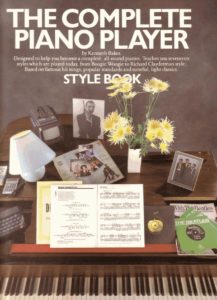 |
The Complete Piano Player Style – Book by Kenneth Baker |
| The Conformist – Main theme (Georges Delerue) | ||
| The Contradictions Of Jazz (Studies In Jazz) by Paul Rinzler (Book) |
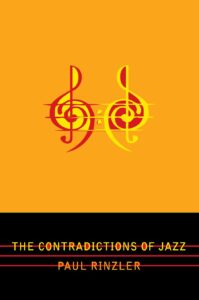 |
|
| The Corrs – Angel | ||
| The Corrs – It’s Easy To Play The Corrs |
 |
The Corrs – It’s Easy To Play The Corrs |
| The Corrs – One Night | ||
| The Corrs – Play Guitar With – MP3 audio tracks embedded in PDF Play Along with Tablature |
 |
Play Guitar With – The Corrs |
| The Corrs – Runaway | ||
| The Cottage on the Beach (Atonement OST) Dario Marianelli | ||
| The Country Music Fake Book |
 |
The Country Music Fake Book |
| The Creative Development of Johann Sebastian Bach Volume I (1695-1717) |
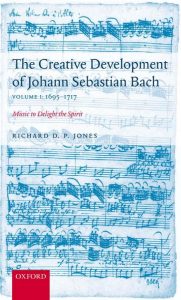 |
|
| The Creative Development of Johann Sebastian Bach, Vol II, 1717-1750 |
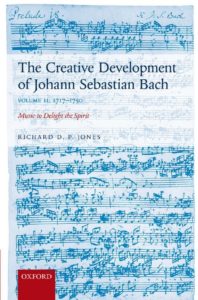 |
|
| The Cure – The Best Of [Guitar Tablature Songbook] |
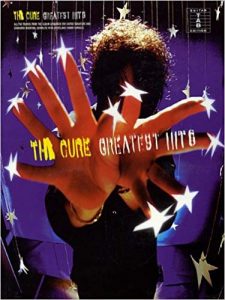 |
The Cure – The Best Of [Guitar Tablature Songbook] |
| The Cure Disintegration(Guitar & Vocal sheet music) with Tablature |
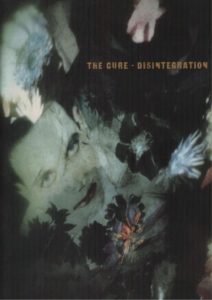 |
The Cure Disintegration Guitar |
| The Curious Case of Benjamin Button – Alexandre Desplat |
 |
The Curious Case of Benjamin Button – Alexandre Desplat |
| The Danish Girl – Fonnesbech (Alexandre Desplat) | ||
| The Danish Girl (Alexandre Desplat) | ||
| The Day of the Dolphin (Georges Delerue) | ||
| The Deer Hunter – Cavatina – Stanley Myers |
